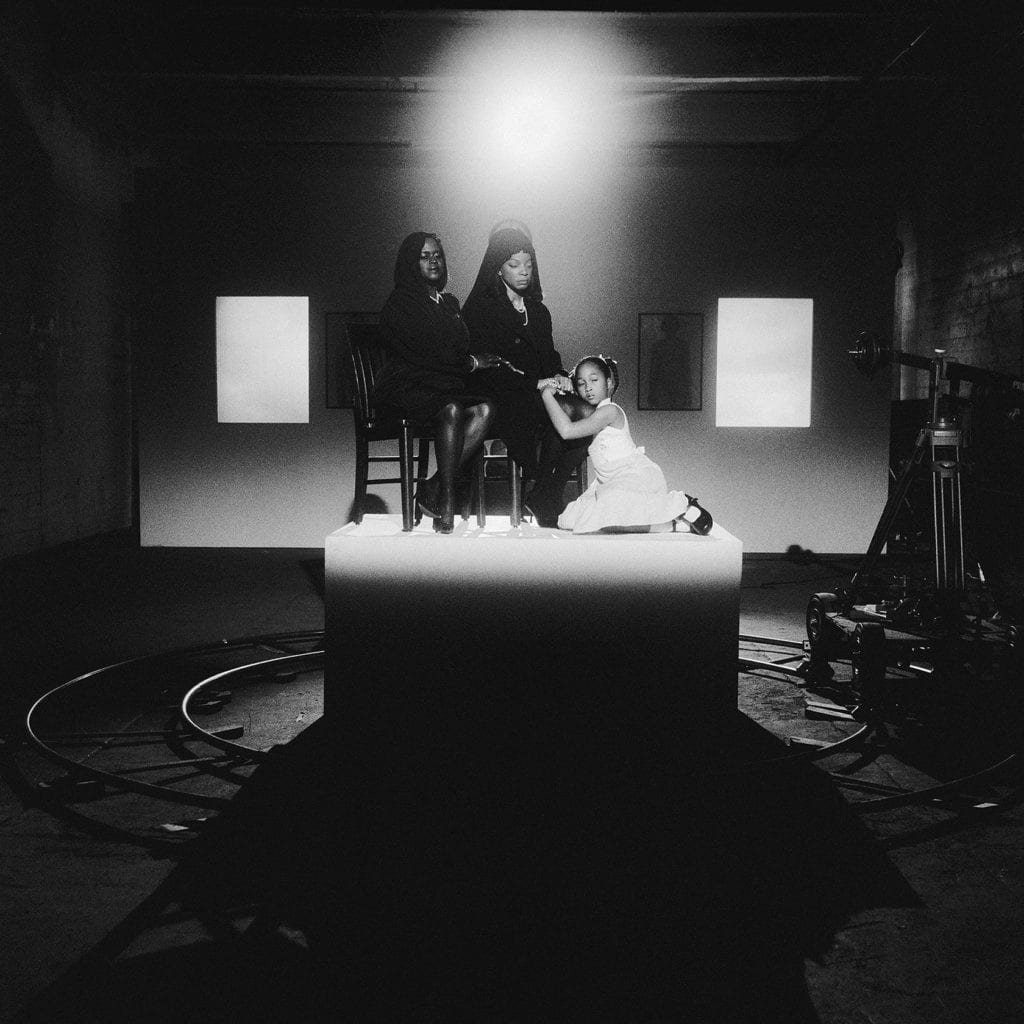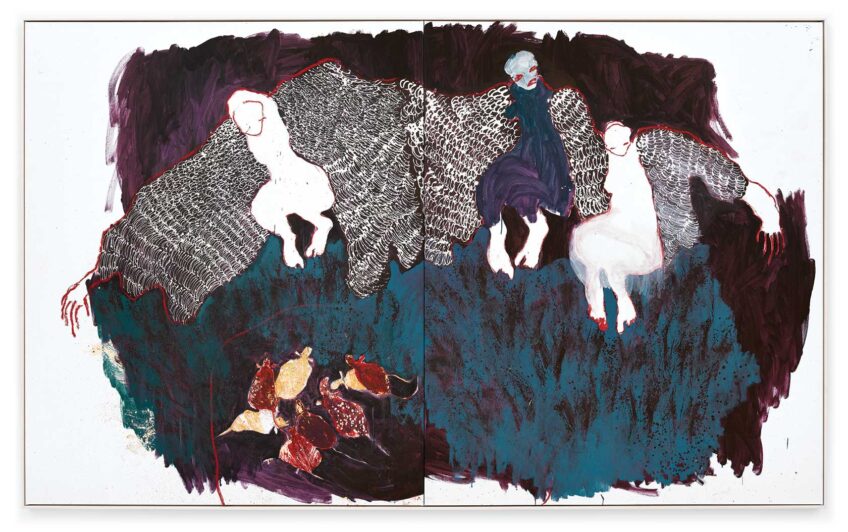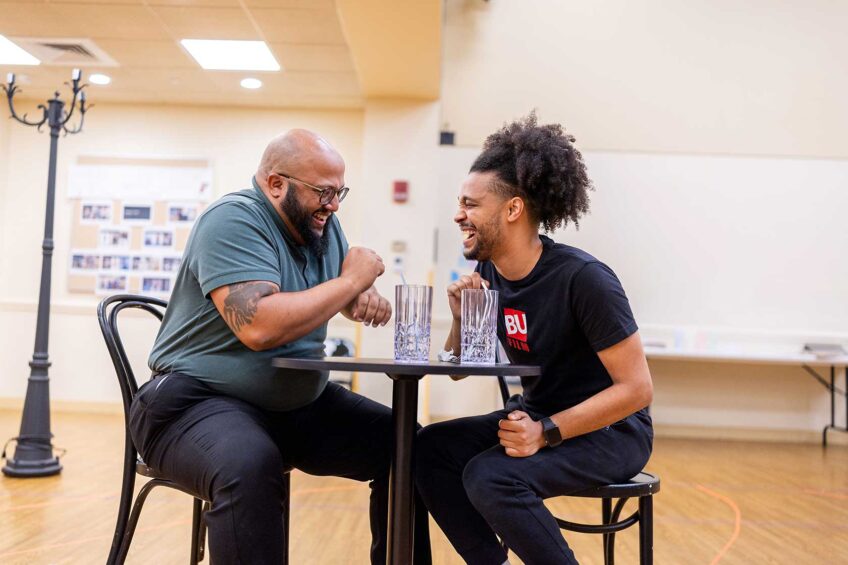‘Strategies of Engagement’
Wide-ranging exhibit highlights 30 years of Carrie Mae Weems’ work

“Carrie Mae Weems: Strategies of Engagement,” showing at the Boston College McMullen Museum of Art through Dec. 13, displays a piercing, wide-ranging spectrum of the artist’s most evocative work. The two-floor exhibit covering Weems’ 30-year career will travel to Allentown Art Museum and others after its McMullen debut.
The exhibition begins, appropriately, with the themes of education. The initial series, “Constructing History,” shows pigment ink prints of Savannah College of Art and Design students reenacting famous photographs from history. “‘How did we get here?’ is a question [Weems] asks throughout her career,” says exhibition co-curator Asher Anderson. In addition to turning an eye to the past, the images expose the set around the photos, indicating how constructed our own histories are by the people behind the scenes.

“From Here I Saw What Happened and I Cried,” 1995–96, chromogenic print and etched text on glass, 26.5 x 22.8 in.
image: © Carrie Mae Weems/
Courtesy of Jack Shainman, New York
In the room beyond, transparent muslin banners hanging from the ceiling depict photographs of The Hampton Institute, now Hampton University, an organization established in 1878, supposedly to educate black Americans. What resulted was more of a whitewashing process. Anderson says, “She’s exposing the role national institutions can play in perpetuating social norms.” As viewers walk among the muslins, which are large enough to obstruct movement, demanding reflection, Weems’ voice lists the mistreatment brought on the Hampton students. This too, illustrates the changing eye of history. In its time, the white founders considered the Hampton Institute a great success, and these images were displayed with pride. A contemporary eye shudders at the enthusiastic erasure of culture.
Arguably the most entrancing piece is “Lincoln, Lonnie, and Me: A Story in 5 Parts.” Hidden behind heavy velvet curtains, this installation garners an appropriately mysterious air. Inside, a ghostly projection shows, among other things, a re-enactment of the Kennedy assassination, a lament from Lonnie Graham on any hope of change and Weems’ wily trickster character who hisses, “I’m gonna shred you. I’m gonna kill you. I’m gonna brand you. And I’m gonna destroy you, cuz I know you.”
Upstairs, Weems’ early work is shown beside her most recent work, each ringing more relevant than ever. A series of small household objects shows seemingly harmless items that perpetuate racial stereotypes. It’s a stark reminder that small, normalized micro-aggressions are some of the most dangerous.
In another room, a series called “All the Boys” depicts smoky, blurred pigment ink prints of black boys in hoodies. They incite recognition, though their faces are too indistinct to be identified. Co-curator Robin Lydenberg says, “We look, but we don’t really see these young black men, we don’t see their humanity.”
It’s fortunate that “Strategies of Engagement” runs through December, because multiple visits are necessary to absorb 30 years of Weems’ innovative and often heart-wrenching work. Paired with the catalogue of scholarly analyses from Boston College faculty, the exhibit presents Bostonians with a rare and wonderful opportunity to sit with and study a great black contemporary artist over several months.







